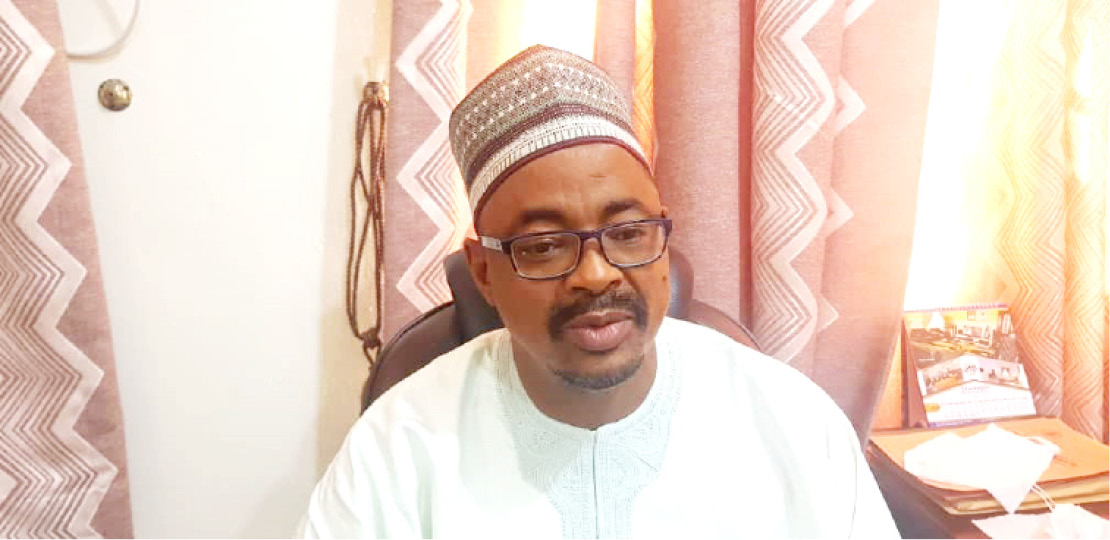The Medical Director of the Federal Medical Centre Yola, Professor Auwal Abubakar, a paediatric surgeon and president Association of Paediatric Surgeons, speaks on successful separation of conjoined twins he led, the efforts to upgrade the hospital to a teaching hospital, and other issues.
Daily Trust: What informed your interest in paediatric surgery?
At the time we were training, there were no paediatric surgeons so the adult surgeons took care of the children.
6-year-old hole-in-heart boy needs N5m for surgery
Soba conjoined twins now in ABUTH for surgery
In paediatric surgery, you deal with lots of congenital malformations, some very complex and sometimes requiring a lot of surgery.
If you consider that the population of children is almost half of the total population, then many of them may not have been appropriately treated or did not get treatment at all.
Because of that, I developed interest and I am happy to inform you that that branch of medicine has grown.
In 2001, we were only about 20 or 21. Now, we are more than 100.
I am the current president of the Association of Paediatric Surgeons.
We have coverage in most centres; we also trained a number in Maiduguri.
They are the ones holding the fort in Maiduguri, Gombe and Bauchi, and we are still training more.
This branch of medicine looks rigorous because the management of neonates takes a lot of time, so people do not want to undergo such stress, but there is a lot of interest now, and we are training them in many centres.
Our colleagues are doing very well in most of the centres.
DT: What do you think is the interesting aspect of being a paediatric surgeon?
Well, children do not pretend; they are innocent and honest.
When they are well, they are well.
Once they are sick, they are sick.
And once they get better, they start playing and it is interesting.
It is just that the younger they are, the more demanding their treatment is.
It is not just the surgery, even the care before and after.
When you have congenital anomalies affecting more than one system, you have to plan very well on how to tackle it.
There are times you go to a market and somebody will just hold you by the hands (he would have grown big now), pulls his clothes and show you a scar, telling you, “you are my surgeon”.
You may not remember, but children don’t forget.
Also, their problems are varied.
It is a wide spectrum but for a practitioner, it is also more interesting because you always discover new things.
In paediatric surgery, there are some things you find once in life history, some you may not even see because there are malformations which are as a result of defects that occur during the formation of the foetus and the feeling of joy, satisfaction and accomplishment for you, as a practitioner, is when you see a baby who came in helpless now going home hale and hearty.
DT: You led surgeries for the separation of conjoined twins five times, and three were at the FMC Yola. What are the differences between the respective patients?
The last two were similar, the first one was totally different in that many organs were involved.
They were sharing liver, the intestines from the level of the small intestines down, that means one anus and as well as genitals.
Sometimes, it is the abdomen and chest, at other times, it is the pelvis, or back-to-back, or side-to-side.
Each one has its own peculiarity.
The only thing I can say is that the experience of holding the team and guiding it through the surgery is similar though each patient is different.
The process of organising the team to successfully carry out the surgery is similar, so the experience is more of managing the team members.
Once people are used to it, they will know what to do. The last case we spent three hours; if the people were not experienced, it can take nine hours.
It is purely logistics.
It is like flying an aeroplane, you have to ensure that everything is according to the plan.
So,every conjoining has differences and peculiarities.
Some may be easy, some more complex.
Some may take little time, some will take more time depending on the organs involved, in some you have to separate and reconstruct.
You will reconstruct the intestine.
Some times, it is just one bladder, so you have to create two bladders out of it.
The experience is not likely to be the same for each case.
Even with CT and MRI scans, it is when you get in that you see there are some differences.
DT: In a situation where the twins share common organs, can both survive?
Yes, they can survive.
For the intestine, you have to divide it.
For example, if they share the large intestine, you have to remove from the part of the small intestine that joins the bowel and continues to the anus.
You divide it into two equal parts.
For the other twin that you removed the intestine for, you join it where it will continue with the anus and this means that you divide the large intestine into two, a new anus will need to be created.
If they are females, for the genitals, you have to create the female external genitalia for the other.
If the twins are males, it is even more complex because it is easier to create external genitalia for a girl than say you want to create one for some body that will be raised as a boy.
So, there are those concerns.

 Join Daily Trust WhatsApp Community For Quick Access To News and Happenings Around You.
Join Daily Trust WhatsApp Community For Quick Access To News and Happenings Around You.


